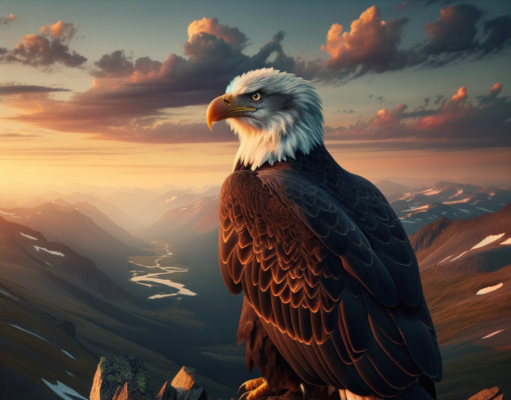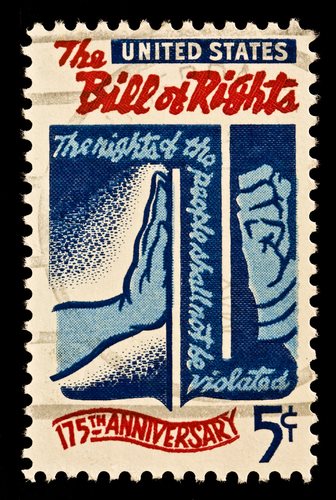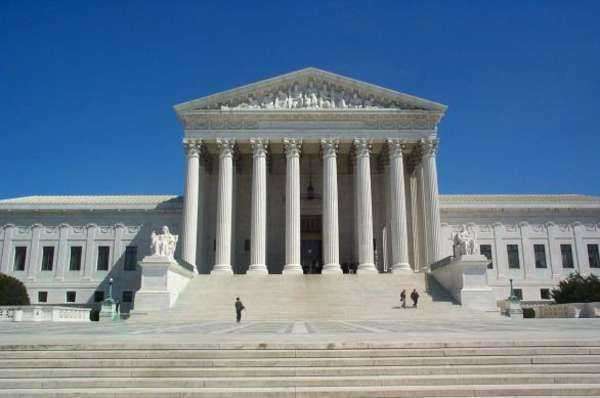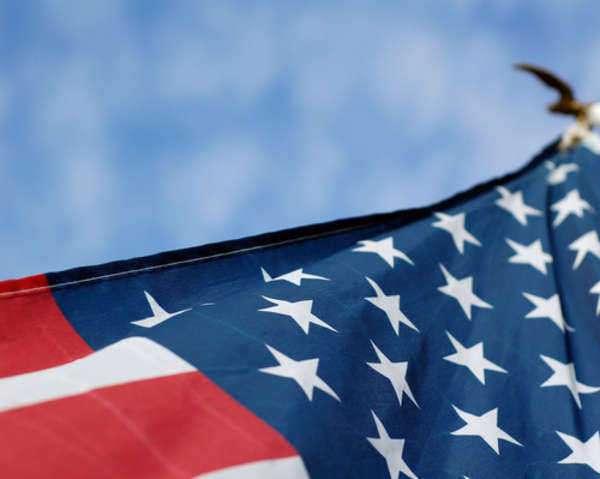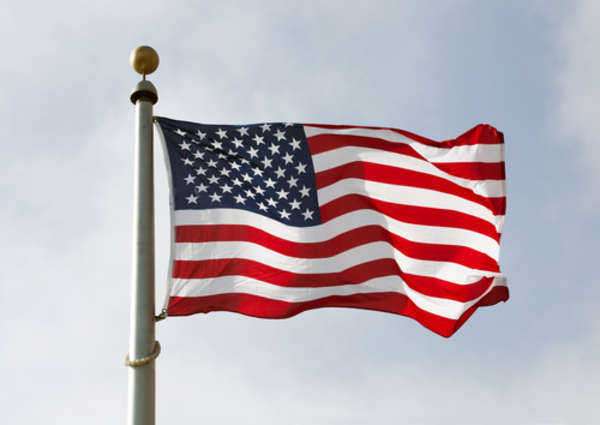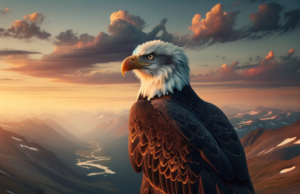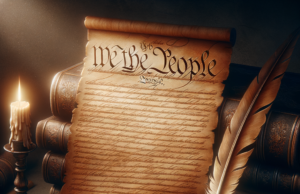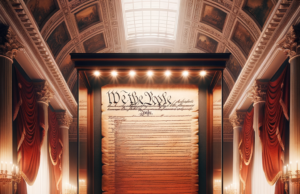Right to Privacy

The right to privacy is the ability of an individual to keep their personal information and private life out of the public domain. The principle of privacy is essential to human dignity and the protection of our autonomy, dignity, and personal identity. It is a fundamental right that has been recognized by the Constitution of many countries around the world.
The right to privacy is essential for protecting human rights, democracy, and personal freedom. It allows individuals to live their lives without fear of being monitored or surveilled by others. At the same time, it is essential to strike a balance between the right to privacy and the need to protect national security, public safety, and law enforcement.
The concept of privacy has become increasingly complex with the advancement of technology and the rise of the internet. Our personal information is now stored online, and we leave digital footprints of our every move on social media and other online platforms. This has made it more challenging to protect our personal information and ensure that our privacy is respected.
The Right to Privacy and the Law
The right to privacy is a fundamental human right, and it is recognized by international treaties and many countries’ Constitutions. The Universal Declaration of Human Rights recognizes the right to privacy in Article 12, and the International Covenant on Civil and Political Rights further elaborates on the right to privacy in Article 17.
At the same time, different countries have different laws and regulations when it comes to privacy. In the United States, for example, the Fourth Amendment to the Constitution protects citizens from unreasonable searches and seizures by the government. This has been interpreted by the courts to include the right to privacy.
In Europe, the General Data Protection Regulation (GDPR) became enforceable in 2018. The GDPR is a set of regulations that protect EU citizens’ privacy rights and set out rules about how personal data can be collected, processed, and stored. These rules apply to any organization that processes the personal data of EU citizens, regardless of where the organization is located.
In India, the right to privacy was upheld as a fundamental right by the Supreme Court in 2017. This decision was a significant milestone in the country’s history and affirmed citizens’ right to personal autonomy and individual freedom. The right to privacy in India is now protected under Article 21 of the Constitution and is enforced by the courts.
Data Protection and Privacy Regulations
Data protection and privacy regulations are essential for ensuring that individuals’ personal information is protected and that their privacy rights are respected. These regulations set out rules for collecting, using, and storing personal data and are designed to prevent the misuse of personal information.
The GDPR is one of the most comprehensive data protection regulations in the world. It requires organizations to gain consent from individuals before collecting their personal data and gives individuals the right to know what data is being collected, who is collecting it, and how it is being used. They also have the right to request that their data be deleted.
In the United States, the Health Insurance Portability and Accountability Act (HIPAA) sets out regulations for protecting individuals’ healthcare information. The regulations require healthcare providers to obtain written consent before disclosing protected health information and ensure that healthcare information is kept secure.
Privacy concerns have also arisen with the development of new technologies such as facial recognition technology and artificial intelligence. These technologies have the potential to infringe on individuals’ privacy and personal autonomy. Regulations are needed to ensure that these technologies are being used in ethical and responsible ways.
The Right to Privacy in the Digital Age
In recent years, the right to privacy has become increasingly complex with the rise of the internet and new technologies. The digital age has brought many benefits, but it has also made it easier for governments, corporations, and individuals to monitor and surveil people’s online activities.
The Cambridge Analytica scandal in 2018 brought the issue of privacy to the forefront of public consciousness. The scandal involved a political consulting firm harvesting data from millions of Facebook profiles without users’ consent. This highlighted the need for greater transparency and accountability when it comes to collecting and using personal data.
The rise of social media has also raised concerns about online privacy. Social media platforms collect a vast amount of personal data, including our likes, dislikes, and our social connections. This data can be used to target advertising and influence our behavior. It is important to ensure that individuals’ privacy rights are respected when it comes to social media platforms.
The Future of Privacy
The right to privacy is essential for protecting human dignity and our autonomy. It is essential to strike a balance between privacy and national security, public safety, and law enforcement. The advancement of technology and the rise of the internet have made it more challenging to protect our personal information and ensure that our privacy is respected.
Privacy regulations, such as the GDPR, are essential for protecting our privacy rights. However, technology is continually changing, and it is essential to ensure that regulations keep up with these changes.
In the future, privacy regulations must balance protecting individuals’ privacy rights with allowing for innovation and economic growth. The rise of new technologies such as artificial intelligence and facial recognition technology will require innovative solutions to ensure that privacy is protected while promoting innovation and growth.
In conclusion, the right to privacy is a fundamental human right that is essential for protecting our autonomy and personal identity. Privacy regulations such as the GDPR and HIPAA are essential for ensuring that our personal information is protected. The rise of the internet and new technologies has made it more challenging to protect our personal information and ensure that our privacy is respected. It is essential to strike a balance between privacy and national security, public safety, and law enforcement. The future of privacy requires innovative solutions that balance protecting individuals’ privacy rights with allowing for innovation and economic growth.
Right to Privacy in the United States
The United States Constitution does not contain any explicit right to privacy. However, The Bill of Rights expresses the concerns of James Madison along with other framers of the Constitution for protecting certain aspects of privacy.
For example, the first amendment allows the privacy of beliefs, the third amendment protects the privacy of the home against any demands to be used to house soldiers, the fourth amendment protects the privacy of a person and possessions from unreasonable searches, and the 5th Amendment gives the privacy of personal information through preventing self-incrimination.
Furthermore, the 9th Amendment says that the enumeration of certain rights as found in the Bill of Rights cannot deny other rights of the people. While this is a vague statement, court precedent has said that the 9th amendment is a way to justify looking at the Bill of Rights as a way to protect the right to privacy in a specific way not given in the first 8 amendments.
The issue of whether the Constitution actually protects the right to privacy in ways not described in the Bill of Rights is a controversial subject. Originalists often argue that there is no general right to privacy within the constitution. However, as early as 1923 the Supreme Court, recognized through decisions, that the liberty given in the 14th amendment guarantees a relatively broad right of privacy in regards to procreation, child-rearing, marriage, and medical treatment termination.
Two decisions by the Supreme Court during the 1920s solidified this view of the 14th amendment. They found the liberty clause of the 14th amendment to prohibit the states from trying to interfere with the private decisions of parents and educators when shaping the children’s education. During the case Meyer v Nebraska in 1923, the Supreme Court said that a state law that did not allow the teaching of German or other foreign languages to students before the ninth grade was unconstitutional.
The issue of the right to privacy regained momentum in the 1960s during Griswold v Connecticut where the Supreme Court said that the state law prohibiting the sale, distribution, possession, and contraceptives to couples who were married was unconstitutional. There were different reasons for this based on the judge, whether it was the gray area of the law or the zone of privacy created by the Bill of Rights.
In 1969, the court ruled on Stanley v Georgia in a unanimous decision staying that an individual had the right to privacy to have and watch pornography, even if the pornography could potentially be the basis for any prosecution against the distributor or manufacturer. The opinion stated that the State could not tell a person who was in his own home what he movies he could watch or what books he could read.
More recently, the Supreme Court has acknowledged the right to privacy. For example, in the 1990 case Cruzan v Missouri Department of Health, the Court found that individuals had the right to make their own decisions about terminating medical treatments that were life-prolonging. Another case was Lawrence v Texas in 2003 where a sodomy law in Texas that prohibited homosexual sodomy was struck down by the Supreme Court.

